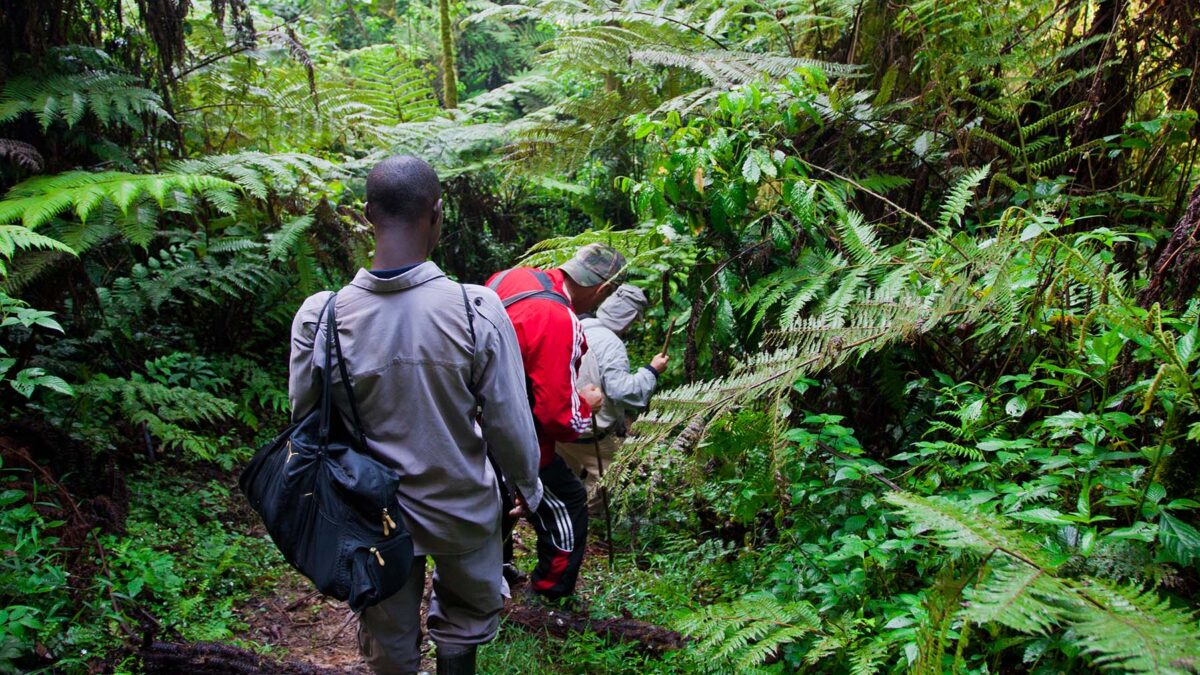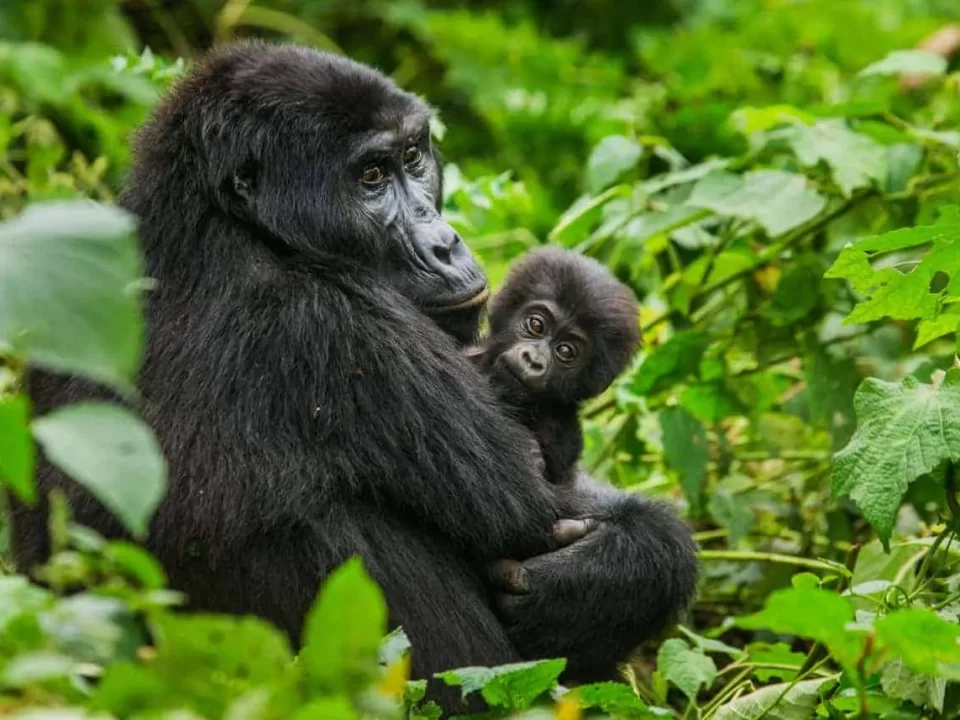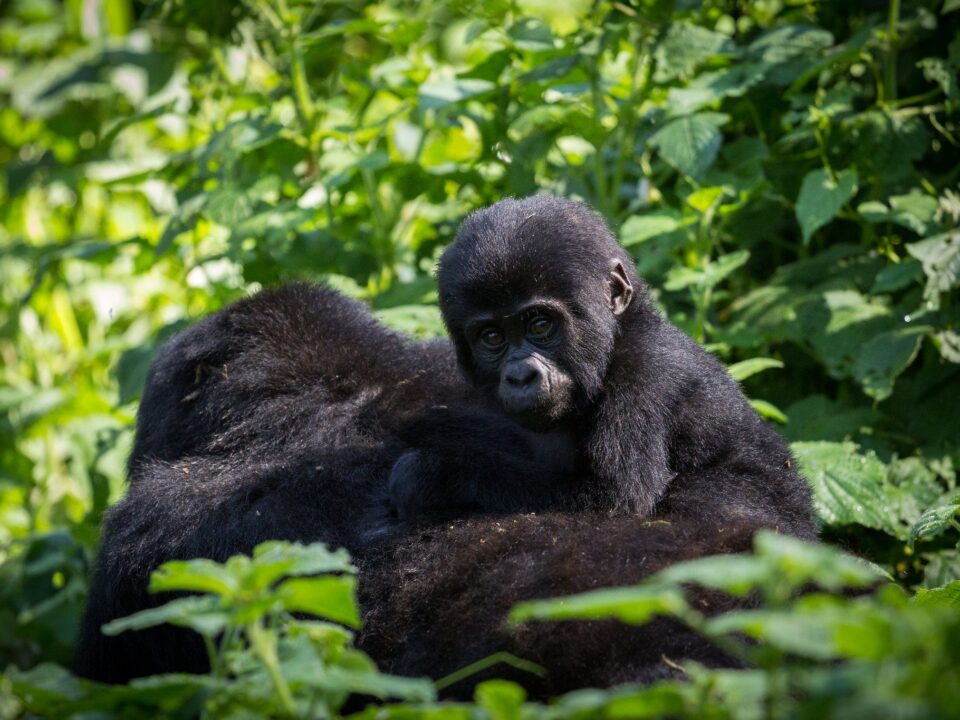Guidelines for Surviving a Walking Safari in Uganda

Walking Safaris in Uganda
December 19, 2022
How and Where To Buy Gorilla Permits in Uganda
December 19, 2022Guidelines for Surviving a Walking Safari in Uganda
Uganda is a premier destination for walking safaris, boasting four savannah national parks home to a variety of African big game such as lions, elephants, buffalo, and leopards. These national parks, Kidepo Valley National Park, Murchison Falls National Park, Queen Elizabeth National Park, and Lake Mburo National Park, offer a once-in-a-lifetime adventure for travelers. To ensure a safe and successful walking safari in Uganda, it is important to follow these guidelines:
1. Walking in a Single File during a Safari
During a walking safari, it is important to walk in a single file. This means that all participants in the safari should line up in a single line behind the lead guide. This helps to avoid scattering in a vertical line, which can frighten the wildlife. Walking in a single file also allows the group to move through the wilderness more efficiently and quietly.
2. Avoid Discharging Your Rifle Unless in Extreme Danger
It is important for the guide to follow this rule, as firing a rifle can cause panic among the clients and increase aggression in animals such as buffalos, elephants, and rhinos. It is also important to maintain silence or use low voices while on a walking safari. Keeping quiet or speaking in low voices will help to listen for any noises coming from nearby bushes.
3. Listening and Obeying is Crucial in Scary Situations
When viewing animals on a walking safari, it is essential to listen to the instructions of the lead guide. The guide is an expert in animal behavior and may have noticed a change in the behavior of the animals. By listening and following the guide’s instructions, you can ensure your safety and the safety of others in potentially dangerous situations.
4. Never Run Away from the Group
Deciding to run away from the group during a walking safari is equivalent to committing suicide. It is crucial to stay together behind the lead guide, even if it is difficult to follow instructions. This is the best way to ensure your safety and survival.
5. Dress Appropriately for the Walk
Before embarking on a walking safari, it is important to wear the appropriate gear. This includes shoes with a good grip and nature-friendly, camouflage colors to blend in with the surroundings. Bright colors like red, orange, and yellow should be avoided as they may startle the animals. Instead, opt for a neutral, camouflage color like gray or khaki.
Best time for Walking Safaris in Uganda
The best time for walking safaris in Uganda can vary depending on the specific location and the type of wildlife you hope to see. In general, the dry season (June to August and December to February) is the most popular time for safaris in Uganda as the weather is cooler and drier, making for more comfortable walking conditions. However, the wet season (March to May and September to November) can also be a good time for safaris, as the lush green landscapes and baby animals can make for some beautiful scenery and wildlife sightings. Ultimately, the best time for a walking safari in Uganda will depend on your personal preferences and interests.



